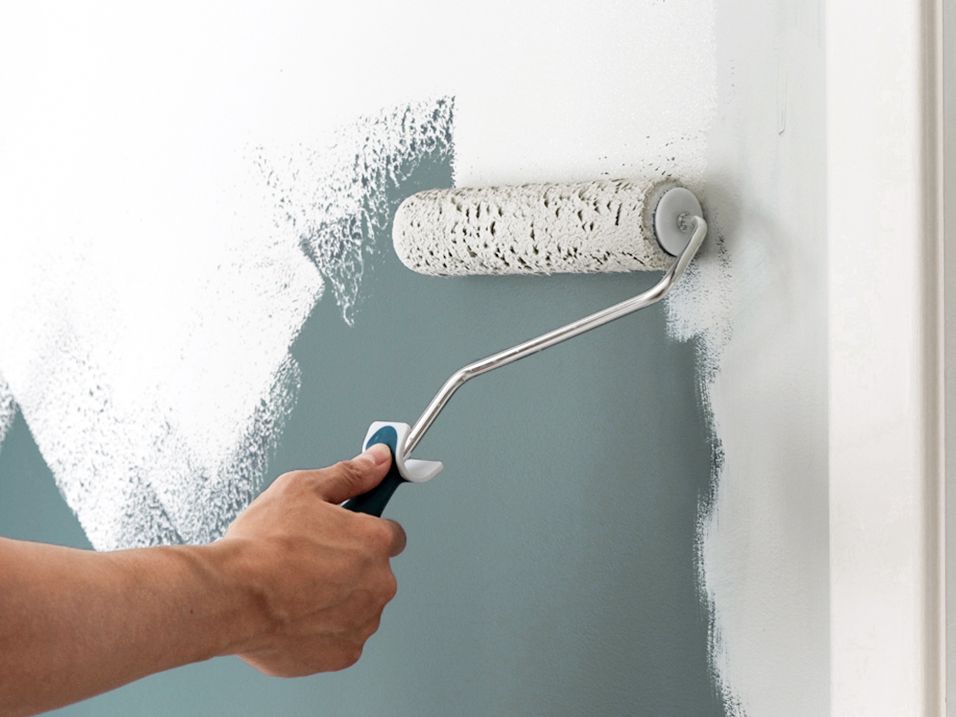GIB® Plasterboards are a type of drywall that has been around for a long time now. They have become a popular choice for building contractors due to their durability and ease of installation.
GIB® fixing or installation can be done over any existing wall surface without the need for any additional framing or fastening. This makes them ideal for use in residential construction projects. The board is used to create walls that are strong enough to support heavy loads.
If you are planning to take the DIY route for painting your GIB® boards (even though working with a professional team is highly recommended to ensure longevity and neatness), there are a couple of pointers you should keep in mind.
How do I know if my board needs painting?
If you notice any cracks or chips in your board, then it needs some paint. You can use a small amount of clear nail polish to test this out. If the crack has been filled with nail polish, then it’s time to get it painted.
Do I need to sand first?
Yes, you should sand before applying any paint. Sanding removes any roughness from the surface.
What size are you painting on?
You should always use a tape measure to ensure that you have enough paint to cover the whole area.
How thick do you want to apply the paint?
The thickness of the paint will depend on what type of finish you are going for. If you are going for a smooth finish, then you would want to thin the paint slightly. However, if you want to create texture, then you will need to add thicker layers of paint.
Do you want to use a brush or roller?
If you are using a brush, make sure that you clean it thoroughly before applying any paint. If you are using a roller, make sure that you roll over the surface evenly.
Preparation Of GIB® Board Before Painting
Start by sanding down any loose areas or damaged sections of the board. After cleaning up the surface, apply a coat of acetone to the entire surface of the board. Then, wipe off the excess acetone and let the plasterboard dry for 24 hours. Next, apply a coat of denatured alcohol on the entire surface and allow it to soak into the plasterboard, and repeat this step three times. Once the last coat of alcohol dries, buff out the surface with fine-grit paper. Finally, clean up the edges with a putty knife and fill any cracks or holes with wood filler.
We have mentioned below the steps you should follow to get the desired result:
- Use high-quality paint that has been specially formulated for wood. This will help prevent warping and cracking.
- Apply two coats of paint.
- Let the first coat dry completely before applying the second coat.
- Using a brush or a roller is much easier and less messy.
- When choosing a colour scheme, keep in mind what colours complement each other.
- Paint should always be applied in layers, starting from lightest to darkest.
- If you are using a brush, use the one with a wide tip. A narrow tip can cause paint to run off the board. A wider tip allows you to get into corners and other hard-to-reach areas.
- Don’t use too much paint.
- After you’ve painted your board, let it dry completely before applying any additional coats. If you apply multiple layers of paint right away, the first layer may not dry properly and could end up peeling off later.
- When painting, use light strokes. Too much pressure can cause cracks in the paint.
- Once the paint is dry, use a soft cloth to remove any excess dust particles.
Conclusion
Due to their durability and ease of use, GIB® boards have become a popular choice among home painters. It is always recommended to consult a professional to ensure timely, safe, and proper finishing of the painting job.


